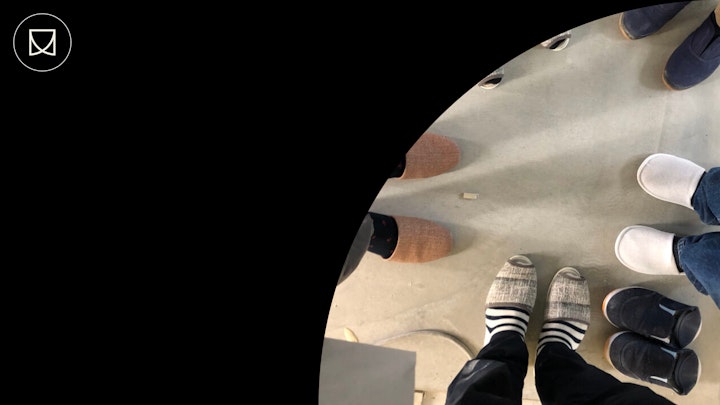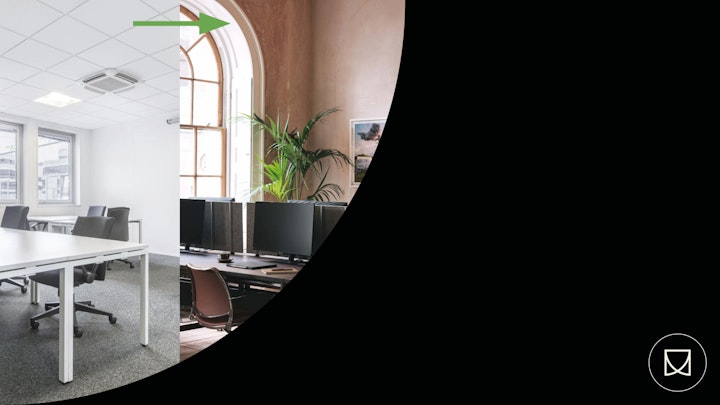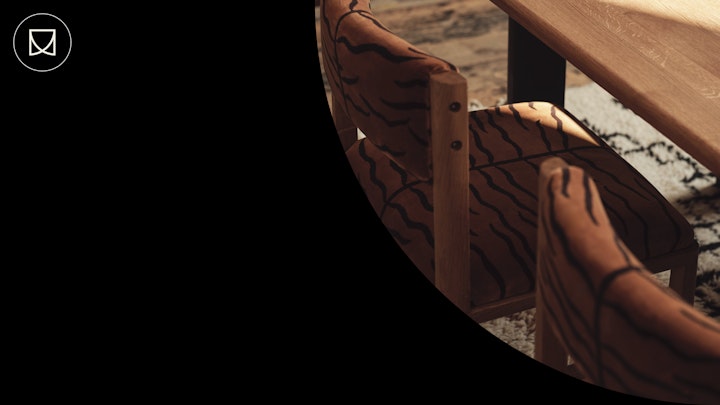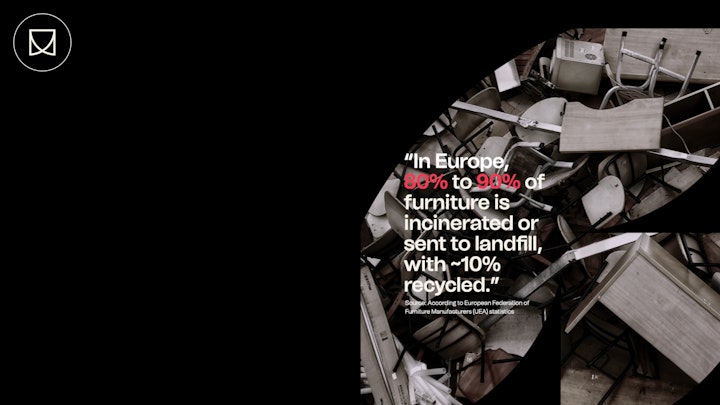Climate change, do we care?
Recently, over the Easter weekend, I sat with my family for dinner, and I asked my mum what she thought of climate change and whether she was concerned about it.
“No, I’m not worried as I don’t really understand what it means. But, I do wish the climate (weather) would change enough to make England have more sunny days.” - Mum
I asked the question because I still can’t shake this feeling that the mainstream coverage around ‘climate change’…like most things in the news, is pretty bleak, with consistent commentary that we are the cause of the crisis and how ‘we all must do our bit’ or we all will die. Ok, a little hyperbolic — but it’s not too far from how the news is communicated, right?
Also, growing up, my parents always taught me not to do things in fear of the outcome. Instead, they said:
“Do things you enjoy based on the opportunities available, even if that means going against the norm.” — School of mum & dad
So, I wanted to gauge whether my mum (who stays up-to-date with the mainstream news media) cared about climate change and, if so, what she thought could be done about it.
What made me chuckle about her response was that I kind of feel the same, even though I’ve been curious about ‘sustainability’, its meaning, and the role of a designer for a few years.
Yes, it matters
Beyond my mum’s anecdotal insight, I looked to see if her lack of interest was common. According to the ONS survey in October 2022, 74% of adults in the UK were worried or somewhat worried about climate change. [Source: ONS]
Combine that with the UK (along with Italy) being the №1 country worldwide to believe in the climate emergency. [Source: UNDP] So, my mum and I are outliers.
What I found interesting about the ONS data is that people were more concerned with the ‘cost of living crisis’ (79%), and people making changes to help with climate change are down to 75% from the previous year, which was 81%. I wonder if this trend will continue. After all, we fell into a technical recession towards the end of 2023, and maybe the higher for longer interest rate policy (to tackle price inflation) is hitting the consumer’s appetite to care about the climate.
My main issue with climate change has always been how it’s communicated as a means of getting people to care. Even though I’m curious, I’ve found the ‘fear’ and ‘shame ’-based coverage a complete turn-off, especially when it shows activists blocking roads and preventing folks from getting to/from work.
Sustainability, a designer trend
Another frustration I’ve observed throughout my 20-year career is the fleeting ‘sustainability’ design trend that occasionally appears as part of a business's marketing spend, only to remain on the periphery of seriousness. The word itself is bandied about, and I have always wondered whether designers understand it. I know I’ve struggled with its broad and ambiguous meaning.
The way our industry presents the problem is the actual problem—the ‘sustainability’ presentation is a little sanitised, tick-boxy, and insincere, in my opinion 🙄 as if we must be perfect to make a difference. Sometimes, those promoting it come across as the ‘goody-two-shoes’ of the industry and look down on the rest of us peasants who are driven by aesthetics, form, and function. Ironically, based on the dictionary definition, I question whether this approach is sustainable.
At the Workspace Design Show in February, I was confronted with an example of how out of touch I think we are. I sat in the audience by the sustainability stage during a segment about our digital footprint. One of the panellists said that we all need to be mindful of how much data we are using and, wait for it, ‘close any unopened tabs on your web browser if you’re not using it’. I’m sorry, but that’s just ridiculous.
It’s taken me 5 years to get comfortable with the fact that the existential fear (of climate change) and the sustainable design trends would not motivate me enough to care. I’ve thought quite hard about this and reasoned that my contribution as a designer must come from my niche interests and be driven by my experience.
A problem to care about
As the Global FF&E Creative Director for WeWork in 2019, during the much-publicised IPO failure, I saw first-hand a problem I could potentially help solve — too much furniture waste.
Reducing costs was the mandate as we sat on millions of dollars of furniture in our significant global warehouses. As part of a collaborative effort between design, sourcing, supply chain and procurement teams, we were tasked with:
- Clearing out these warehouses so they could be closed or consolidated
- Create our own bespoke furniture collection, working directly with our best furniture suppliers
- Move to a just-in-time model for procurement
We started by reviewing the existing inventory; it was a mess. We had accumulated 7 years’ worth of ‘stuff’ that represented the company’s different ‘eras’ of design. There were mismatched colours and quantities, excess low-quality pieces, and a whole lot of blandness.
After months of toil, we successfully developed the following strategy that helped the business draw down the excess furniture and reduce the amount that ended up in landfills:
Reuse
- Refresh old — we used as much as we could to refresh locations that have been open for 3–5 years
- Use on new — We mandated that our design teams use up the inventory on their newer projects
Liquidate
- As we had an excess of particular SKUs and not enough projects to use them on, we auctioned them off at a discount
Design
- Create a new collection that met our functional needs and was more ‘sustainable’ that would not end up becoming useless in the future
Procure
- We worked with suppliers who could deliver our designs and curated selections ‘just in time.’
Throughout this process, I realised that waste creation’s primary antagonist and facilitator was the existing ‘linear’ model for designing and producing furniture.
But in December 2020, my time at WeWork ended when I was part of one of the many redundancy rounds. It wasn’t a complete shock then, as the company underwent many changes from the top down. It ended an unforgettable seven years with the company, during which I travelled the world and became a much better designer, growing through constant iteration.
Before leaving, I was able to lay the foundation for the new collection, develop the design strategy and help set up sourcing partners across the globe who could produce the collection — One of those supplier partners in the EU was Carel Woodworks (Arbore) who I’ve since partnered with to launch my first furniture collection this summer.
Thanks for reading






